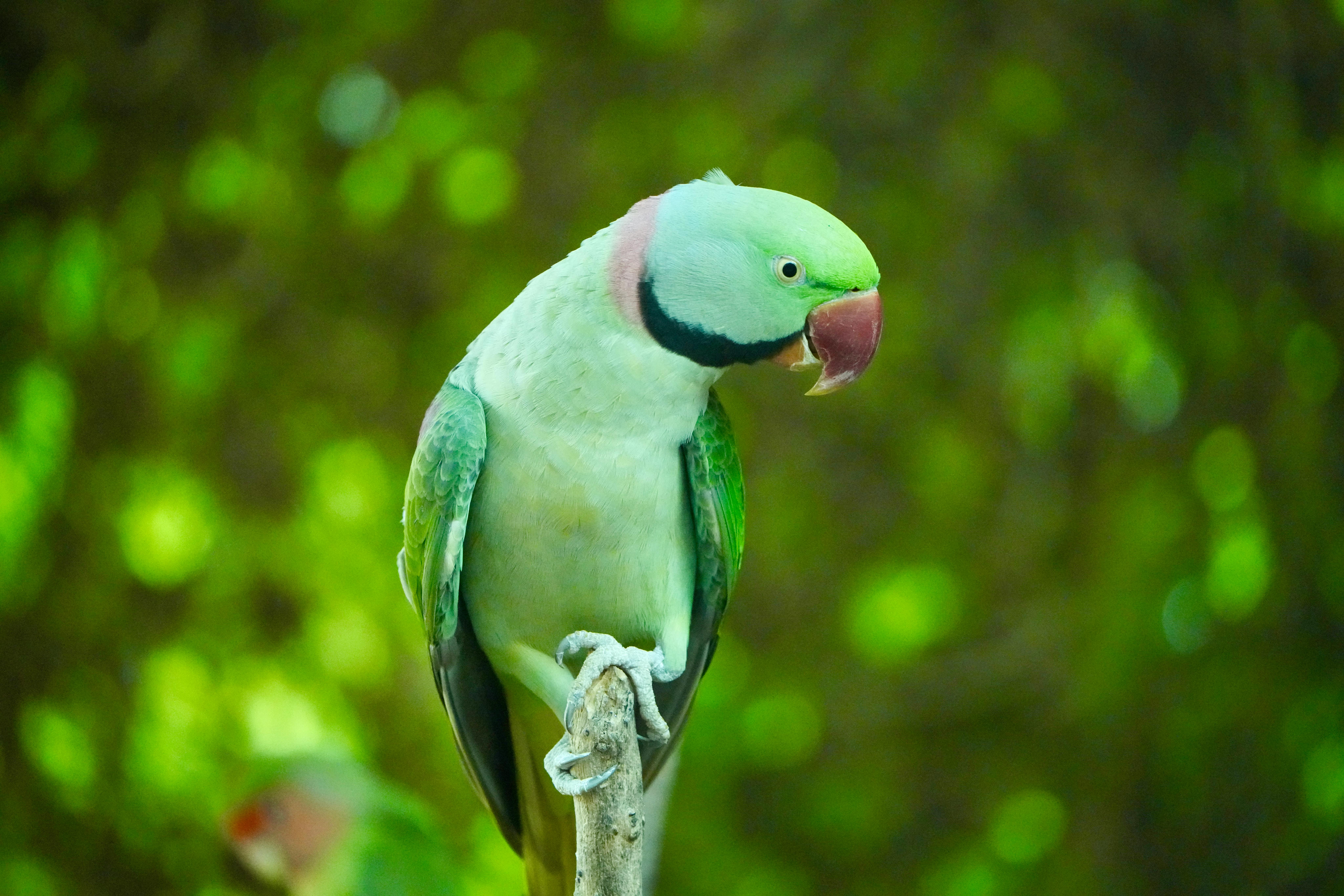
Effective Ways to Choose Angel Fish Food for Your Aquarium in 2025
When it comes to keeping angelfish healthy and vibrant, selecting the right food is essential. Not only do these tropical fish thrive on a balanced diet, but the quality of their food can significantly impact their growth, coloration, and overall well-being. With various options available in the market, including high protein fish food, flake varieties, and even live food, understanding how to choose the best angelfish food becomes crucial for every aquarist.
This guide will explore effective ways to choose the optimal angel fish food for your aquarium, emphasizing the importance of a varied and nutrient-rich diet. Additionally, we'll cover critical aspects of fish feeding behaviors, nutritional needs of angelfish, and tips for ensuring a healthy feeding routine. By the end of this article, you'll have a comprehensive understanding of how to provide quality fish feed for your beloved angelfish.
Key takeaways include insights into different food types, recommendations for feeding habits, and advice on maintaining fish health through diet. Whether you’re a beginner or a seasoned aquarist, this guide will equip you with the essential knowledge to enhance the nutrition of your aquarium fish.
Understanding Angelfish Nutritional Needs
Building on the foundation of proper angelfish care, it’s essential to understand the specific nutritional requirements these stunning fish have. Angelfish, as omnivores, require a well-rounded diet that includes proteins, carbohydrates, and fats. Proper nutrition ensures optimal growth rates and vibrant colors, making it vital for their development and overall health.
Angelfish thrive on a diet that incorporates high-quality fish flakes, pellets, and live foods. Selecting fish food options that provide essential nutrients will help in supporting their immune system, growth, and reproductive health. Most notably, proteins play a pivotal role in their diet; hence, high protein fish food should be a staple for your angelfish.
Incorporating vegetable fish food is also beneficial, as it supplies necessary vitamins and minerals. A balanced fish diet can further include freeze-dried foods for fish, or even frozen brine shrimp, which are often favored by angelfish for their high nutrient content. Understanding these dietary components can significantly affect your fish's health and well-being.
Types of Fish Food for Angelfish
With numerous fish food types available, selecting the right blend can be daunting. Some popular choices include:
- Fish flakes for angelfish: Easy to digest and available in various formulations, they ought to be a primary food source.
- Angelfish pellets: These come in floating or sinking varieties, offering versatility for different feeding behaviors.
- Sinking pellets for angelfish: Especially suitable for bottom feeders or when angelfish prefer to feed a bit lower in the tank.
Assessing these types can help ensure that your angelfish are receiving a balanced diet tailored to their habits.
Implementing an Angelfish Feeding Schedule
Establishing a consistent angelfish feeding schedule is key to maintaining their health and vitality. Angelfish feeding habits can vary; they may graze throughout the day or prefer to eat larger portions at set times. To accommodate these preferences, it's helpful to provide small amounts of food multiple times a day rather than one large feeding.
Moreover, monitoring the quantity of fish food consumed during each meal can help you tailor the feeding strategy based on their activity levels and growth stages. Adjusting the feeding frequency is also vital during the breeding process, as there are heightened nutritional needs. By accommodating these factors, you can significantly enhance the effectiveness of your angelfish feeding routine.
Choosing Quality Fish Feed
Connected to the importance of the right nutrients is the necessity of selecting quality fish feed. Not all fish foods are created equal; hence, understanding how to evaluate fish feed quality can prevent nutritional deficiencies in your angelfish.
Look for high-quality tropical fish food that lists primary ingredients like whole fish meal, spirulina, or other nutrient-rich components right at the top of the label. Avoid products that include fillers or artificial preservatives, as these can hinder proper nutrition and health.
Additionally, consider the source of your fish food. Organic fish food options are becoming increasingly available and provide a chemical-free approach to feeding your angelfish, promoting better health and vitality. Remember, the higher the quality of food, the better the impact on your fish's overall well-being.

Nutritional Supplements for Enhanced Fish Nutrition
To further support your angelfish's health and enhance their diet, consider implementing nutritional supplements. These can include powdered fish food, which easily dissolves in water; gel fish food, offering an alternative feeding method; or specialized angelfish nutrition products designed for optimum health.
Supplements like color-enhancing fish food can enhance the natural colors of your angelfish, reflecting their vibrant appearance in your aquarium. Furthermore, omega-rich fish diet options can be beneficial for promoting healthy skin and fins, while high fiber fish diets support digestive health.
Moreover, explore feeding supplements for fish that can enhance the nutritional profile of regular feed, further improving growth and vitality.
Feeding Techniques and Strategies
Having established a comprehensive understanding of angelfish food types and schedules, the next step is to implement effective feeding techniques. This ensures that the fish efficiently consume the right amounts of food to meet their specific dietary needs.
It’s important to provide varied feeding options. For example, alternating between flake food, pellets, and frozen foods creates excitement during feeding times and covers a broad spectrum of nutritional needs. Integrating treats also fosters a positive environment for feeding.
Consider squirt fish food that distributes flakes or liquid feeds evenly across the tank so that all fish can access food. Moreover, following a systematic approach to feeding based on fish behavior can yield better health outcomes, by providing adequate food while minimizing waste and maintaining water quality.

Understanding Angelfish Food Preferences
Each angelfish is unique, and understanding their food preferences can improve their feeding experience. Some may prefer certain brands or food types over others. Observing their reactions to different foods can provide insights into what they enjoy most.
Be mindful of fish feeding problems such as refusing food or showing disinterest, which can signal underlying health issues or an unsuitable diet. Regular feeding behavior assessments are crucial to deciphering their preferences and optimizing their nutrition.
Experiment with various foods periodically to discover what your angelfish favor without overwhelming them. This approach will enhance their feeding experience and contribute to a varied fish diet that ensures they receive essential nutrients.
Best Practices for Fish Feeding
As aquarists, it's crucial to adhere to best practices for feeding your angelfish to maintain their health and happiness. Ensuring a consistent approach not only applies to the frequency of feeding but also includes awareness of tank conditions and the environmental impact of feeding habits.
Regular monitoring of fish health will help you catch any early signs of nutritional deficiencies or illnesses related to improper feeding. Additionally, always assess water quality after feeding; uneaten food can lead to increased waste and negatively affect your aquarium's ecosystem. Keeping your angelfish environment clean is vital for their health.
Following proper fish food storage practices also ensures freshness—store your fish food in a cool, dry place to maximize shelf life and maintain nutrient integrity. By implementing these best practices, you create a healthy habitat and enhance the well-being of your angelfish.
Conclusion: Ensuring Optimal Nutrition for Your Angelfish
In conclusion, the right approach to choosing angelfish food for your aquarium in 2025 revolves around understanding their dietary needs, selecting quality nutrition, and implementing effective feeding strategies. By acknowledging the importance of variety and adhering to best practices in fish feeding, you will contribute to the health, growth, and longevity of your angelfish.
As an aquarist, your attentiveness to their food choices will ensure that your angelfish thrive and display vibrant colors in their habitat. From live food options to high-quality pellets, the right diet makes all the difference in an angelfish's life, creating a thriving aquatic environment for years to come.